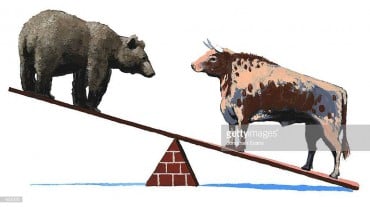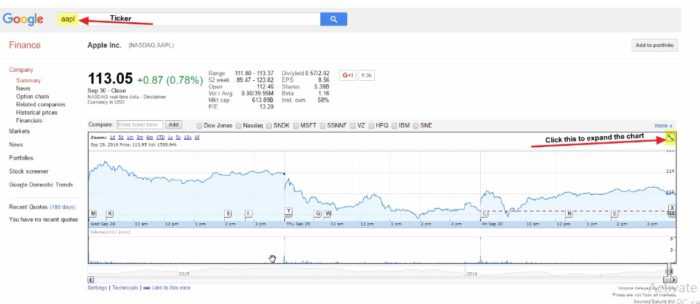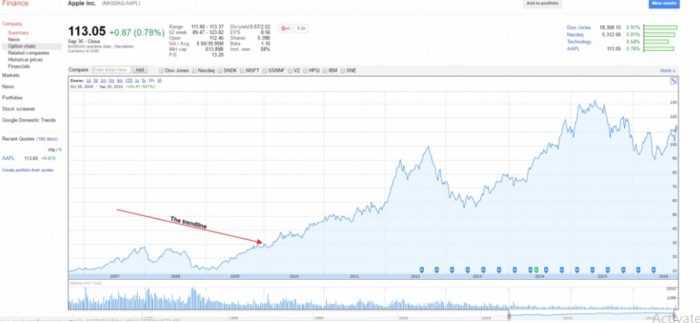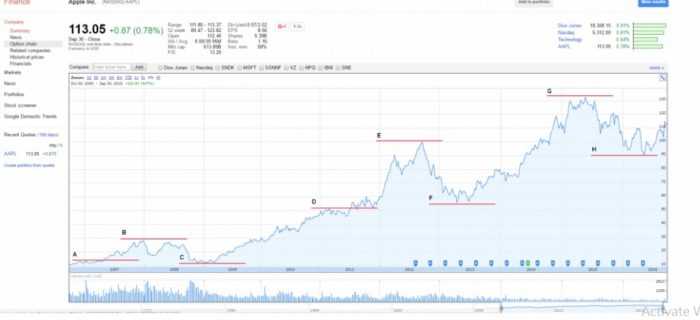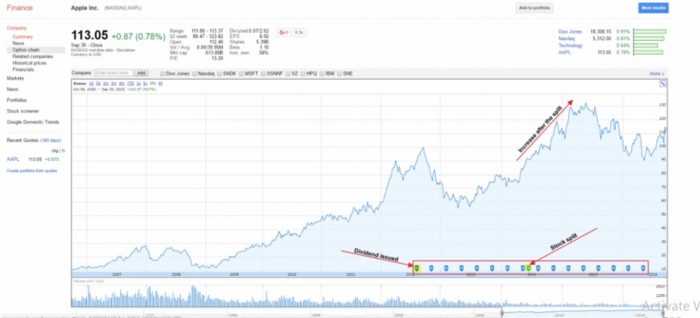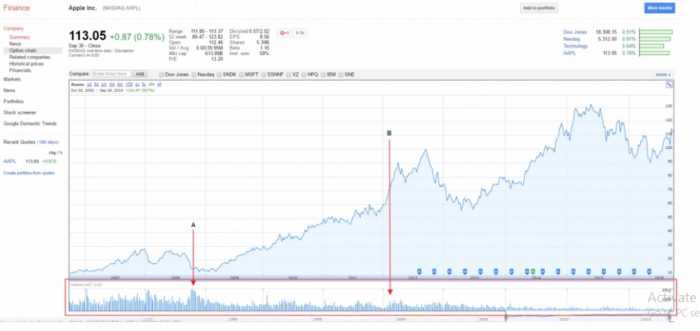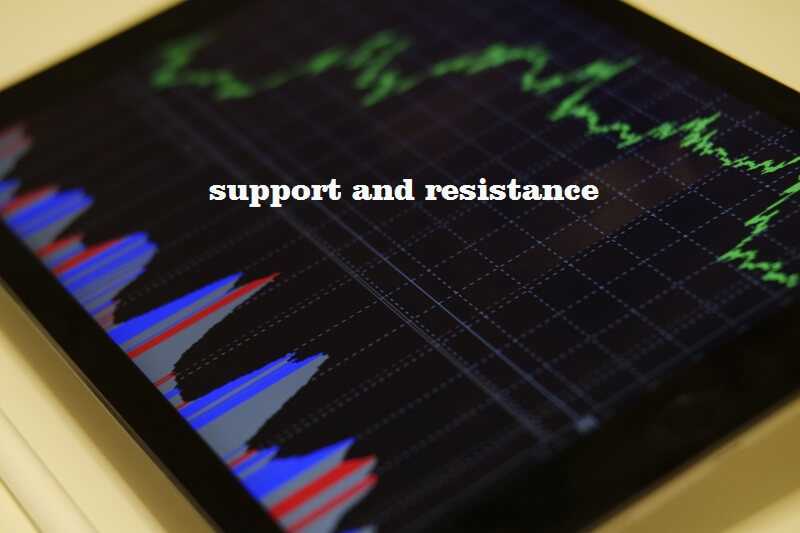 You can recognize support and resistance as horizontal trendlines which cause a stock’s direction to reverse.
You can recognize support and resistance as horizontal trendlines which cause a stock’s direction to reverse.
By Guy Avtalyon
Support and resistance are two of the essential technical patterns. Also, they are very effective.
When the price is falling, support signifies the moment when buying overwhelms selling and prices reverse. Opposite, when stocks are moving upward, resistance is the point where selling is much bigger than buying, and the price rises stop.
In other words, support and resistance levels are important points in time where the forces of supply and demand meet.
The support and resistance levels are essential when technical analysts have to discover market sentiment and supply and demand.
Let’s take a look basic first.
Take a look at any trading chart. You’ll notice a zigzag form that is making its way up. So you can normally conclude it is a bull market. Every time when the market moves up and then pulls back, the highest point reached before it pulled back is now resistance. Remember this!
As the market remains up again, the lowest point reached before it started back is one that traders support now. So you can see, resistance and support are constantly created as the market changes over time.
When the support or resistance levels are broken, the supply and demand relationships that form these levels will change. If that happens, new levels of support and resistance will probably be established.
Support
Support is the level at which demand is powerful enough to keep the stock from falling any further. In the image above you can see that each time the price reaches the support level, it has difficulty penetrating that level. The rationale is that as the price drops and approaches support, buyers (demand) become more inclined to buy and sellers (supply) become less willing to sell.
Support is the price level at which demand is considered to be powerful enough to stop the price from decreasing further. As the price declines towards support and gets cheaper, buyers become more willing to buy. Hence, the sellers become less willing to sell. By the time the price reaches the support level, it is believed that demand will overcome supply and prevent the price from falling below support.
Resistance
Resistance is the level at which supply is powerful enough to prevent the stock from going higher. Each time the price reaches the resistance level, it has hard to move higher. The rationale is that as the price rises and approaches resistance, sellers (supply) become more inclined to sell and buyers (demand) become less willing to buy.
Resistance is the price level at which selling is considered to be strong enough to stop the price to rise further. As the price advances towards resistance, sellers become more willing to sell, but buyers become less willing to buy. When the price hits the resistance level, it is signal that supply will overcome demand and stop the price to rise above resistance.
Precisely recognizing these trend changes allows you to establish initial price targets and to develop your own sell discipline. Understanding the details of support and resistance levels will improve your chances of success.
Support and resistance understand the critical rules
Trends challenges
Support and resistance usually work as crucial trend changes. When a current trendline reaches resistance, you should be ready for a vital shift.
If support displays the flags of the violation, that same level will become a future resistance. As the chart illustrates, the same horizontal trendline continues after support is violated, but with differing effect.
Retests reinforce
Also, when retests reinforce, you have to follow one rule. The more often you test a trendline, the more valid it becomes. For example, if the chart shows solid resistance at some price and, let’s say during the three or four months you notice separate challenges of this level, you should expect future rallies to halt at this price.
Volume reinforces
If a resistance or support level is in association with the increasing volume, the trend becomes more valid. Consider the trading history in the chart.
Do you see the dates?
Every time when the price level is tested, the volume increases. When pattern adds weight to some level it indicates that overcoming that price point will take significant time.
Timepoints
The new set level is more useful. A difficulty with this bear market is that many traders recognize quick losses from the past while they were looking for support levels. Unfortunately, following a distant history, isn’t helpful.
This is a real-life example, by examining a three-year graph of Google (GOOG), we see solid support at $520. The support level hadn’t be tested for more than a year, and what happened? Stocks dropped in the fall of 2008.
This made support less important.
When GOOG quickly traded through $520 and continued dropping, traders were surprised and had losses.
The importance of support and resistance
The technical analysis serves to determine the future price of a security or market. Some investors will use both, fundamental analysis and technical analysis. Hence, they’ll use fundamental analysis to decide what stock to buy and technical analysis to decide when to buy.
Don’t forget that technical analysis is not an exact science and it is subject to interpretation. As with any discipline, it takes work and dedication to become adept at it.
Support and resistance are primary and essential technical analysis tools. On every time frame, intra-day, daily, weekly, and monthly, support and resistance levels are focused on by traders. Knowledge of these levels could hold a trader on the right side of the market.


